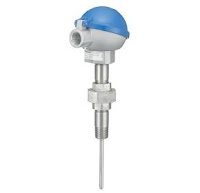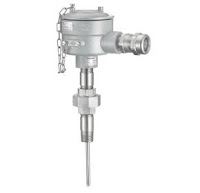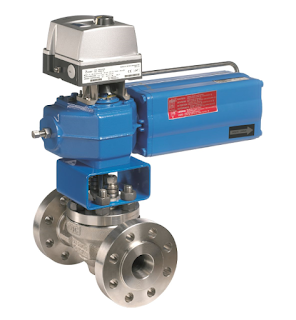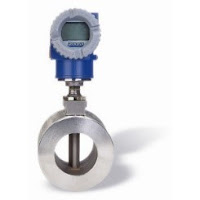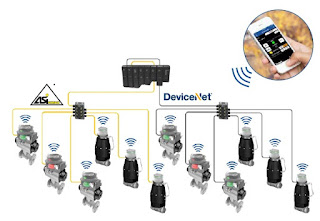 |
| Valve Communication Network |
Pharmaceutical and biotech companies are facing increasing competition, driving their need for increased efficiency, reduced costs, and agility.
Automated valve systems that help reduce installation costs through easy set up, faster commissioning, and enhanced valve identification are being embraced in these industries. Features such as bright electronic indication, combined with optional remote wireless access systems, provide enhanced risk management and improved safety, which subsequently lowers overall cost.
Demands for higher product purity and productivity is pressuring Pharma and Biotech companies to make investments in new technologies that deliver improved quality and competitive agility. Process control systems, and specifically valve communication systems, are evolving to support these changes. The most significant changes to valve communications systems are:
Size
Valve communication modules that offer smaller, lighter and more durable form factors, and modules that conform to the needs of moveable process skids and flexible manufacturing provide operators are very popular in these industries. Also, the use of integral solenoid valves lessen the amount of tubing and cabling required for valve packages, affording smaller overall envelope sizes on skids.
Precision
Solid state continuous sensors increase reliability and provide precise position measurement compared to legacy mechanical or proximity-reed technology. These solid state sensors also allow for more sophisticated valve diagnostics, leading to reduced maintenance costs over the valve system's life cycle.
Predictive Maintenance
The information available for critical valve operating parameters allow operators to see potential problems early, thereby reducing the risk and potential expense from lost production and downtime. Remote valve function monitoring, which includes sensor temperature and cycle count, extends the life of critical valves and helps maintenance staff circumvent a problem before it causes a dangerous situation.
Improved Safety
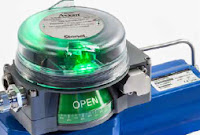 |
| StoneL Axiom |
Wireless communications and control modules allow operators to access difficult to reach valve systems safely, securely and conveniently. Critical situations are known and dealt with immediately from safe locations, and away from potentially dangerous areas or circumstances.
Remote Access and Data Collection
Typical modern valve communication networks provide tremendous advantages over traditional valve monitoring systems, namely:
- Access devices up to 50 meters, depending on obstructions
- Monitor on or off line and set open and closed switch positions
- Monitor and set the network address
- Operate solenoid valve(s) (if network- or power supply-enabled)
- Identify model and serial number (preset from factory)
- Identify valve automation components (entered by valve supplier)
- Log maintenance information
- Monitor diagnostics (valve cycle count, electronics temperature, and more)
- Lockout of settings automatically when in operation
Solutions
 |
| StoneL Prism PI |
Combining components such as
StoneL’s Prism or Axiom platforms with a DeviceNet or AS-Interface protocol system to interconnect your automated valves will lower your construction costs and install faster than conventional systems. Additionally, using valve monitoring apps such as
StoneL Wireless Link with standard iPads or iPhones provide further cost savings and security is assured. Maintenance schedules based on calendar days are no longer required - with access to cycle count data, you can perform valve maintenance when it is truly needed and replace parts prior to wearing out.
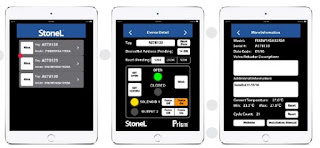 |
| Example of StoneL Wireless Link on iPhone. |
To discuss any valve networking application, contact
Mead O'Brien by visiting
https://www.meadobrien.com or by calling (800) 892-2769.


